Built-in the late 4th and early 3rd centuries BC, the fortification area surrounding Pagos (Kadifekale) Hill served as the core of the defense system and the most important sanctuary of ancient Smyrna. Although the acropolis seems to be the most suitable place for the god or goddess of the old city, archaeological excavations have not uncovered any information about the cult and temple of Athena. However, the acropolis hills are known to harbor temples, altars or sites of worship dedicated to other gods or goddesses. A bowl bearing the inscription "For Artemis" unearthed during the excavations also supports this information and points to the existence of a cult of Artemis, at least on the hill.

Kadifekale (Upper Castle) Mosque / Masjid
The Upper Castle Mosque was built in the 14th century, following the capture of the 'Upper Castle,' that is, Kadifekale, by the Turks. The mosque, thought to be the oldest Turkish-Islamic structure in the city, was built by the castle judge Hacı İlyas ibn Ahmed in 1308-1309, according to the inscription recorded by Evliya Çelebi. Evliya Celebi writes that the capture of Lower Castle (the Port Castle), which did not survive to date, led to an influx of migrants towards the area and that the mosque community merely consisted of the castle officials. Later, the ruins of the abandoned mosque were mistaken for the remains of a chapel/church and mistakenly associated with St. Polycarp by foreign travelers.

The construction of the Smyrna Theater, the center of religious practices and political and cultural activities in the Roman Period, dates back to the 2nd century BC. It is thought that the theater was given its final shape with the additions and repairs made after the earthquake of 178 AD. The Smyrna Theater, which has a three-storey stage building and an estimated capacity of 20 thousand, is still under excavation today.
The prayer house, which is located in an ancient water canal and started to attract visitors in the 19th century, was called the "Sütveren Meryem" (Lactating Mary) by the Christians and the "Milk Well" by the Muslims as the secret tunnels connecting the Smyrna Agora to Kadifekale became a source of the legend. These water canals were constructed to redress the city's water needs during the Roman Period. They remained functional during the Byzantine and Ottoman periods as well. Although no traces have been left of the depiction of the Virgin Mary, reportedly painted on the alcove, the piping extending from the fountain above the alcove can still be seen today. It was believed that those who drink the water that springs forth from the fountain would supposedly be blessed with increased milk production and boosted fertility. The prayer house and the building at the entrance, which were restored and opened to public visit by Konak Municipality, can be accessed by going down the historical stairs and walking a bit further along the canal.

No one knows when the church was first built, which was referred to as Agios Ioannis Theologos in historical records. However, it is known to be one of the oldest Orthodox churches in the city and was completely renovated in 1804. It is also thought that the church was built on the site of the St. Jean Church in İzmir, one of the famous "Seven Churches." The Upper Aya Yani Quarter, named after the church, was located between the Turkish and Jewish quarters. What sets the church apart from other Greek quarters is its location, where it was possible to hear the sounds of the call to prayer, bells, and hazan. However, as for the church, only the door and entrance part of the bell tower has survived to the present day. The ruins of the church remain today in the courtyard of a school.
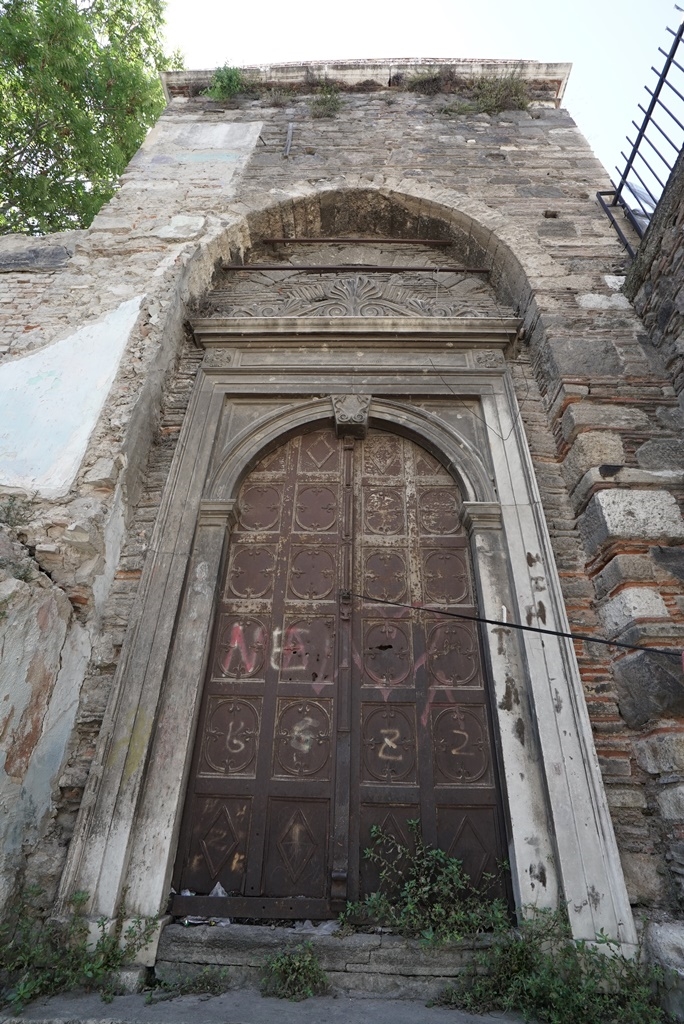
İzmir has remained a prominent city since the initial of Christianity. Acting following the teachings of St. Jean, Christian communities were organized in seven major cities in the Roman Province of Asia, where they built seven churches after Christianity became the official religion of the Empire. Three of these cities are Ephesos, Smyrna, and Pergamon, where the very first Christian communities came to be. Polycarpous, the Bishop of Smyrna and a disciple of St. Jean, became the community's leader as one of the most significant Christian figures in the 2nd century AD. But in 155 AD, he was arrested and executed along with a group of Christians during festivities organized by the Asian Province Cities Association at Smyrna Stadium. Today, people worldwide still make a pilgrimage to Smyrna and six other churches every year.
Although the structural traces of the Smyrna Church can no longer be seen in the Agora today, the Smyrna Agora, which served as the administrative, political, judicial, and commercial center of the ancient city, undoubtedly witnessed important moments and life experiences of the of Period in question, including the Jewish community.

Bet Hillel Synagogue was founded in the 19th century at the Palachi Family house to serve as a religious academy. Rabbi Hayim Palachi, who was bestowed the title of "theologian responsible for justice" by Sultan Abdulmecid, and his son,Rabbi Avraham Palachi, are among the significant religious scholars of the İ
zmir Jewish Community. The books authored by Hayim Palachi are still taught as textbooks in religious schools all around the world. The Synagogue, Hayim Palachi's tomb in Gürceşme Cemetery, and the purification pool (mikveh) next to the tomb are collectively called the 'Diamond Triangle.' It is believed that these landmarks that make up the Diamond Triangle are sacred places that should be visited. When the Bet Hillel Synagogue was wholly burned down during a fire in 2006, it was restored by the İzmir Metropolitan Municipality. Later, it was reopened to visitors under the name of 'Rav Hayim Palachi Memorial House.'
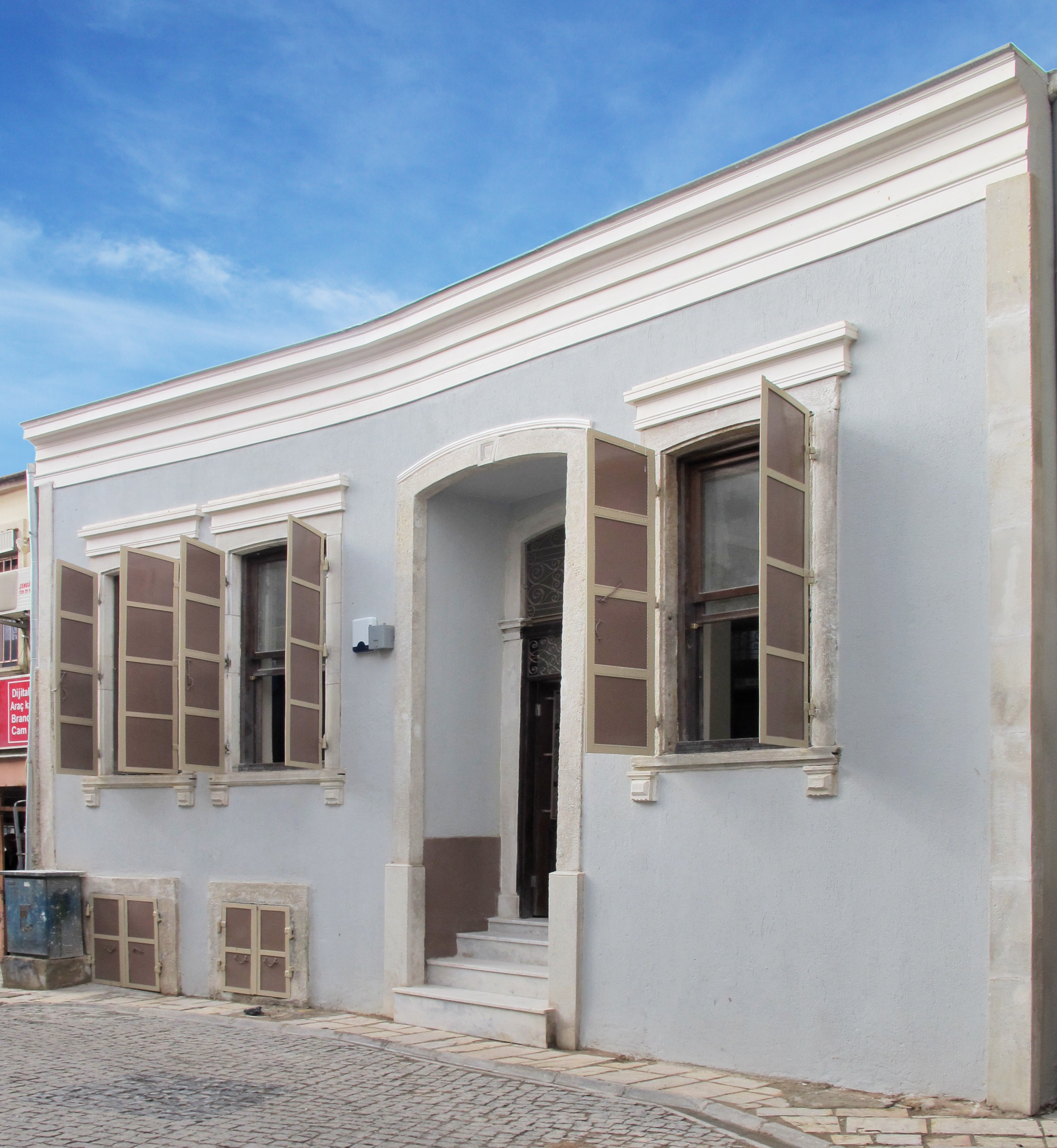
With the foundation of the State of Israel, a large portion of the Jewish population of İzmir left the city. Especially since the last quarter of the 16th century, the Jewish population settled in and around Havra Street. It became an important part of the city by establishing Juderia, the Jewish quarter. Nine synagogues, four of which were built adjacent to each other, and the rabbinical building is surrounding the street form an architectural complex that is unique today. The sources from the 19th century reveal that Havra Street featured Greek and Jewish wineries, as well as a Turkish bath and a Greek pharmacy. On the street, traces of the historic winery can be seen from the grape and vine leaf motifs engraved on the keystone at the arched entrance. Although the street has lost its distinctive character, it retains its commercial texture and vivacious ambiance.
.jpg)
Etz Hayim Synagogue, which means the tree of life, is assumed to be the city's first Synagogue and, like other synagogues of the same name, dates back to the Byzantine Period. A document belonging to Salomon Ben Ezra, discovered after his death in 1688, mentions how Muslim Turks prayed in the Synagogue of İzmir. According to the common belief, since the Period mentioned in this document coincided with the Turkish conquest of İzmir, and there was no mosque in the city then, they prayed in this Synagogue instead. The Synagogue, which has often needed reconstruction due to fires, has recently been restored after years of neglect and ruin. It currently welcomes all visitors to admire its exquisite interiors.
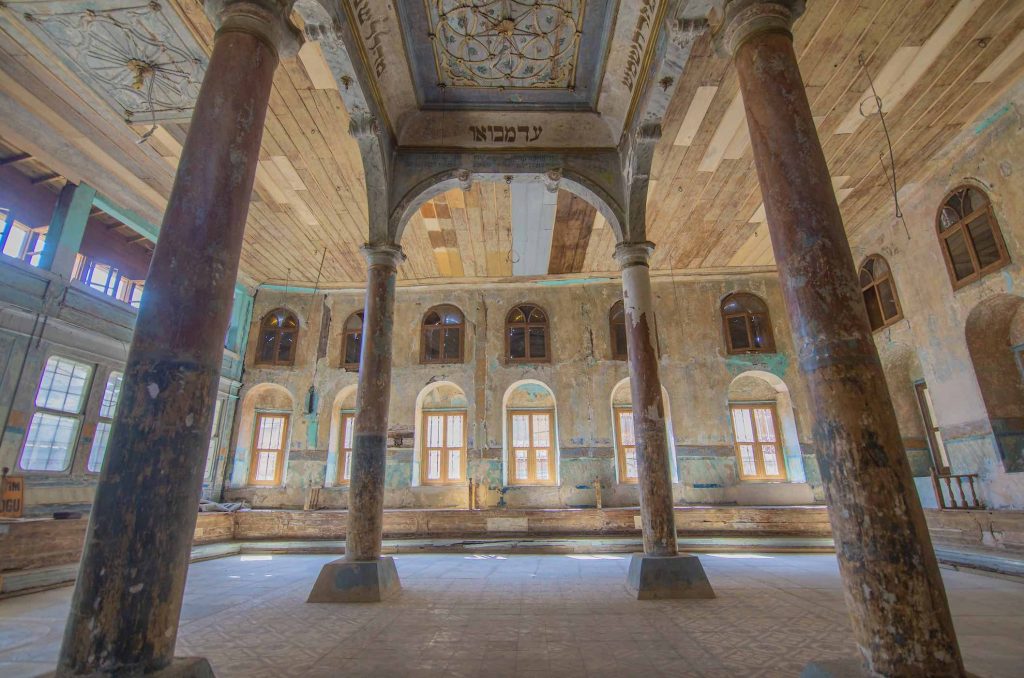
Signora Synagogue is one of the most beautiful synagogues in the city, with its interior decorations and a lush courtyard surrounded by high walls. The Synagogue is believed to have been built with the donations of Dona Gracia Nasi, also known by the famous nicknames Giveret or La Signora, and the aunt of Joseph Nasi, who held an important position in the Ottoman palace in the 17th century. It was rebuilt after the great fire of 1841 that destroyed a significant part of İzmir. It is seen that the Synagogue has been transformed from a central plan to a dual Tevah application from the ground layout.
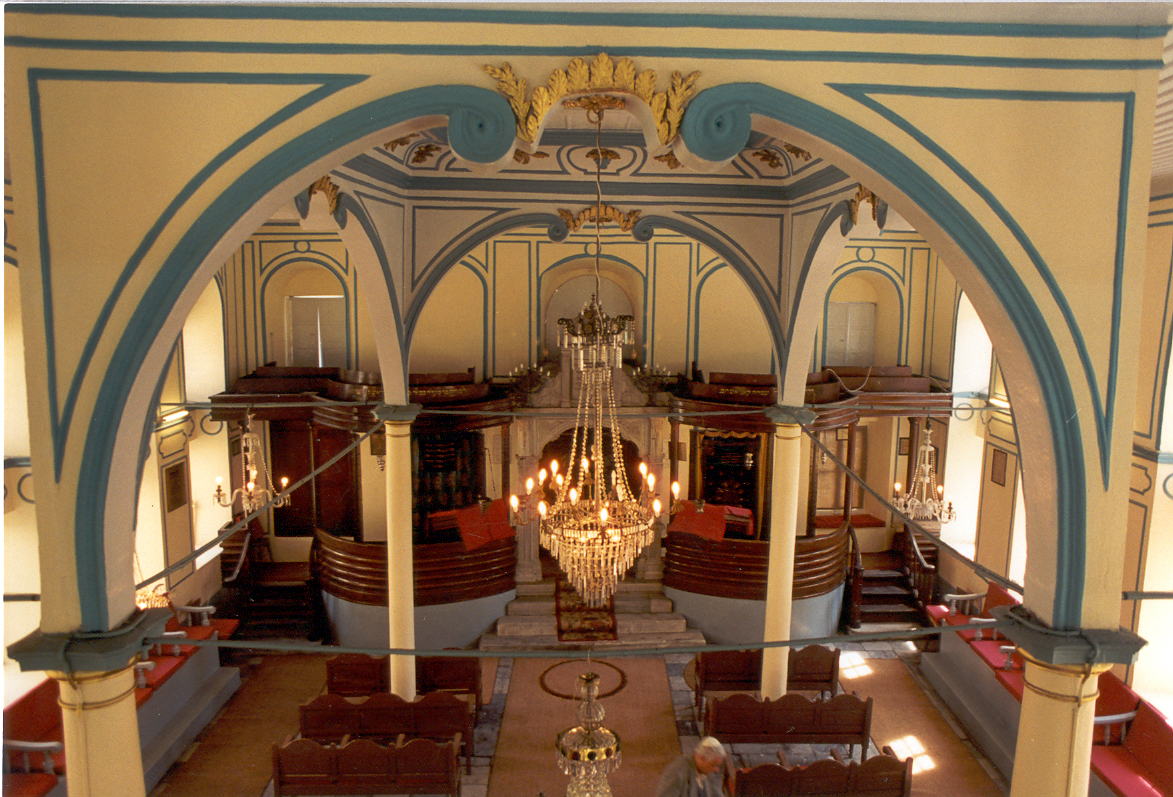
Şadırvan Mosque was named after the fountains located next to and below it. Evliya Çelebi likened the mosque to a "white pearl," while Katip Çelebi called the Great Mosque of İzmir the Niflizade Mosque. The inscription dated 1636-1637 mentioned in Evliya Celebi's notes remains missing today. The mosque was called Biyiklioğlu Mosque after the person believed to have built it. The Şadırvan Mosque, made of cut stone, is decorated with magnificent decorations. The marble fountain under the mosque is one of the most beautiful examples of the city's water architecture.
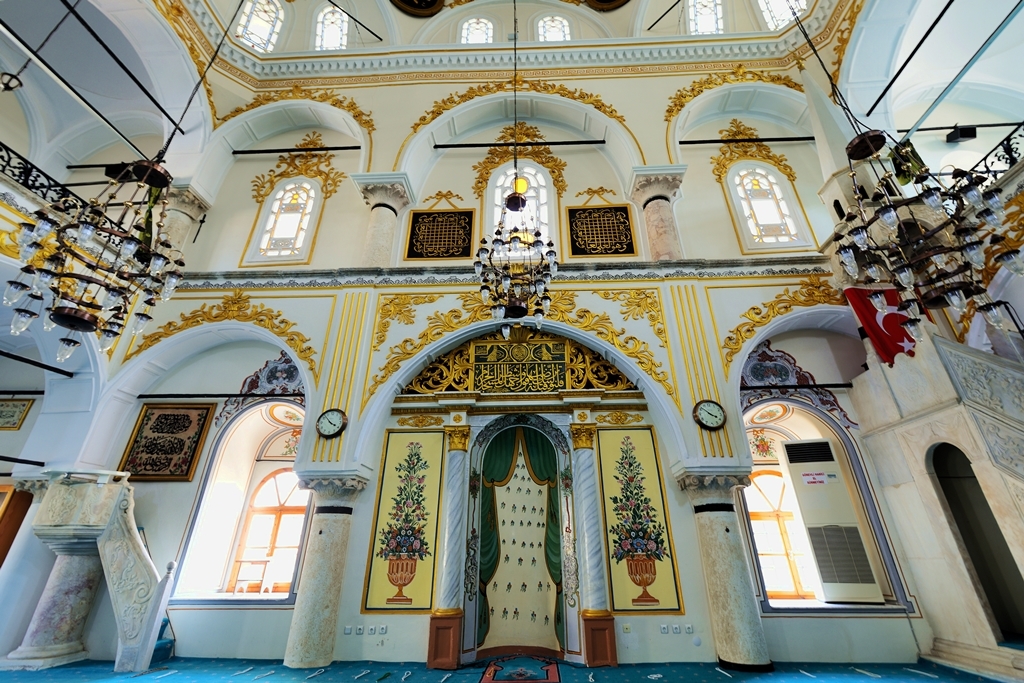
Hisar (Fortress) Mosque is the first to be built among the magnificent Kemeraltı mosques lining up along the old inner port. It was named after the fortress, Port Castle, constructed at the mouth of the inner İzmir seaport in the 13th century and razed down in 1871. Although the exact date of its construction is unknown, it is said that Molla Yakup built the mosque in the late 16th century. Hisar Mosque was the largest mosque with the wealthiest gypsery in the city during the Ottoman Period. Two fountains were built in the outer courtyard of the mosque, one of the most colorful and lively areas of Kemeraltı, in the 19th century.

Click here to see Kemeraltı Photo Walking Route on the map!
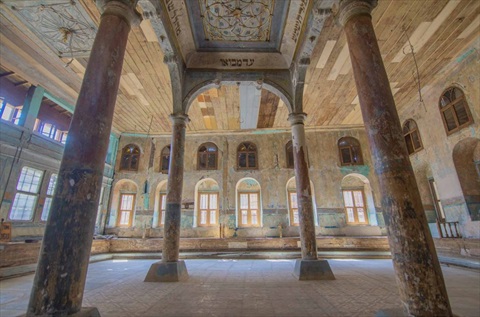
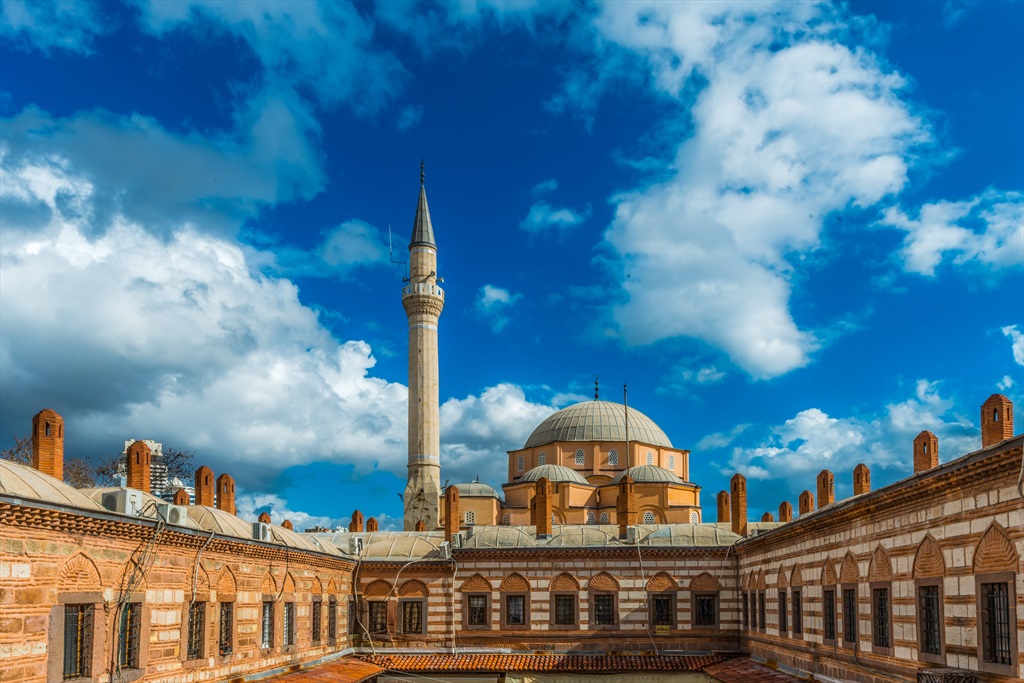
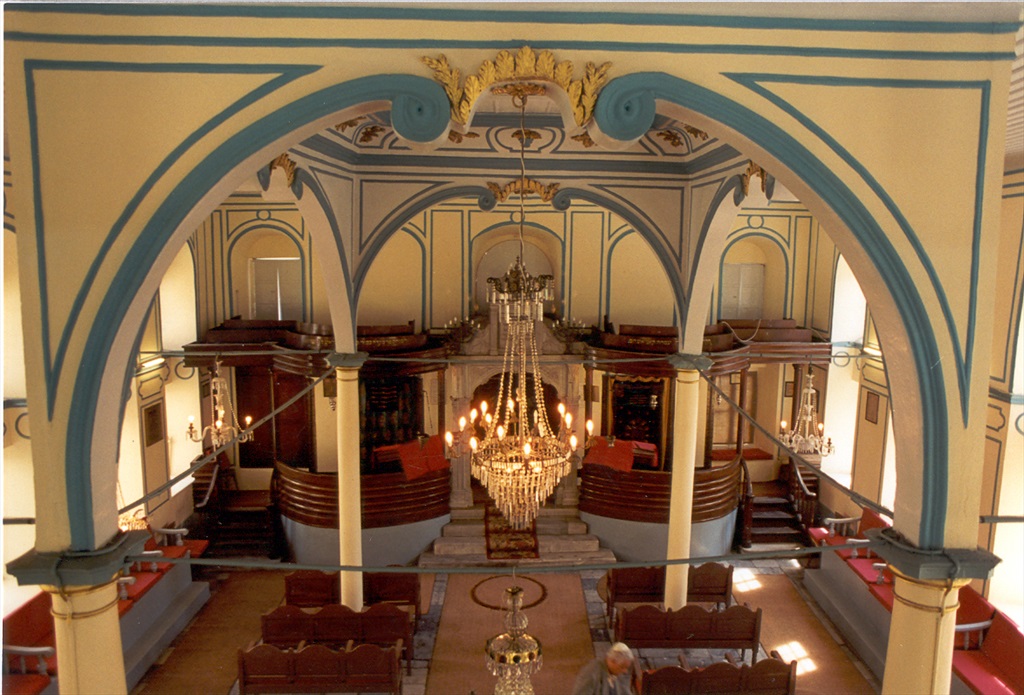
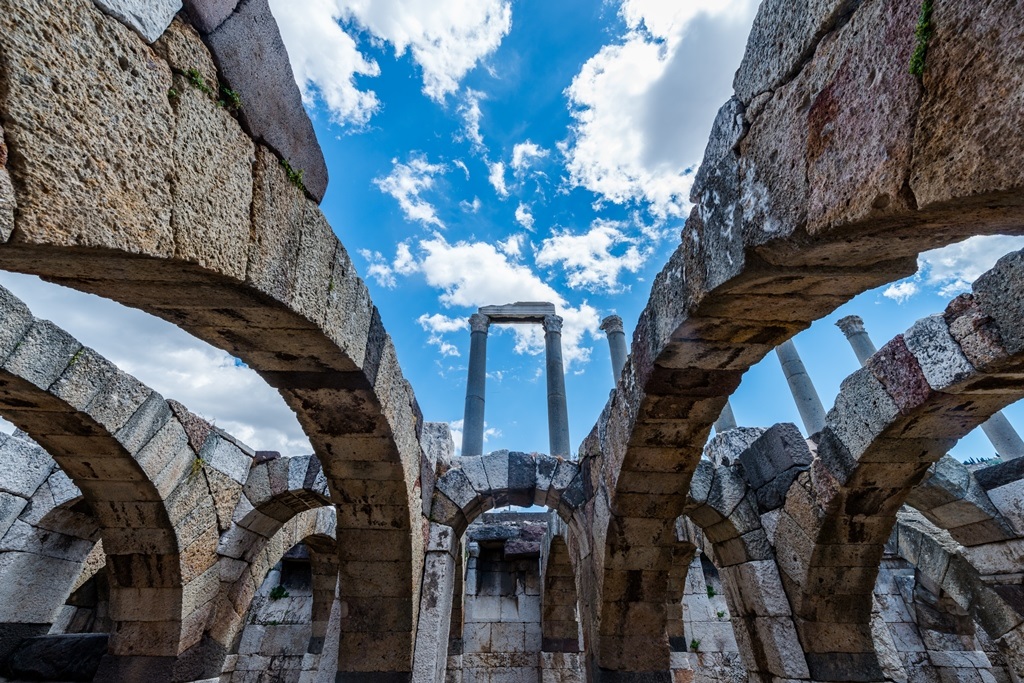
.jpg)


Comments
No comment left, would you like to comment?